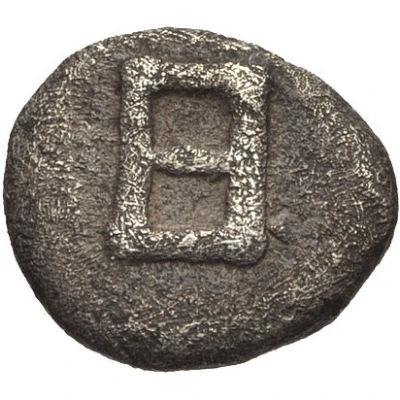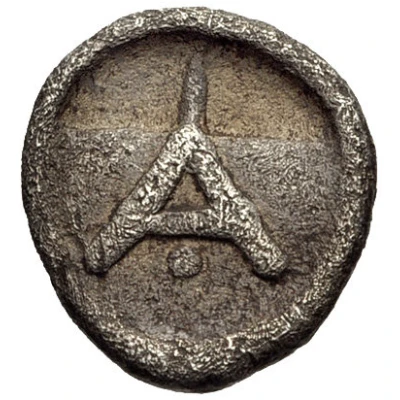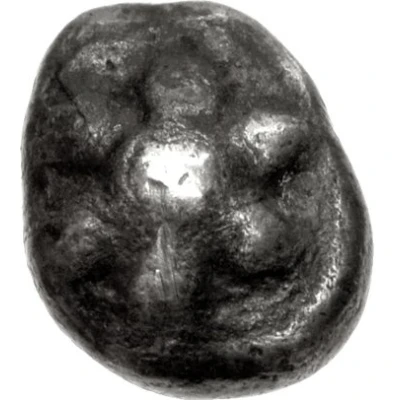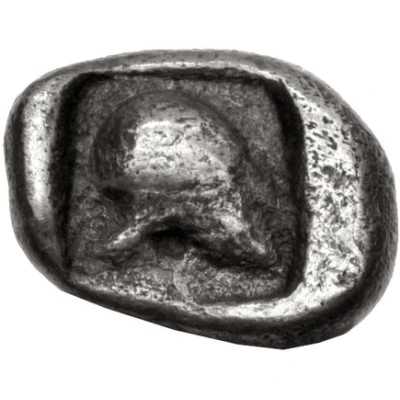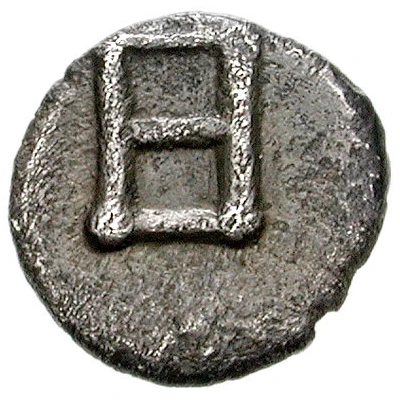
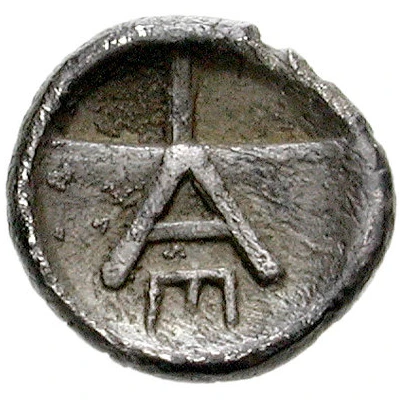

© Classical Numismatic Group, Inc.
Hemiobol 430 BC - 370 BC
| Silver | 0.38 g | 7.0 mm |
| Issuer | Argos (Argolis) |
|---|---|
| Type | Standard circulation coin |
| Years | 430 BC - 370 BC |
| Value | Hemiobol (1⁄12) |
| Currency | Drachm |
| Composition | Silver |
| Weight | 0.38 g |
| Diameter | 7.0 mm |
| Shape | Round (irregular) |
| Technique | Hammered, Incuse |
| Demonetized | Yes |
| Updated | 2024-10-10 |
| Numista | N#144578 |
|---|---|
| Rarity index | 100% |
Reverse
Large A with two incuse squares above and letter E downward below. All within shallow circular incuse
Script: Greek
Lettering:
Α
Ε
Interesting fact
The Hemiobol coin from Argos (Argolis) was used as a form of currency in ancient Greece during the 5th century BC. One interesting fact about this coin is that it features the image of a mythical creature called the "Gorgoneion" on one side, which was a symbol of protection and terror. The Gorgoneion was a depiction of the head of Medusa, a monster from Greek mythology, with snakes for hair and a fierce expression. The use of this image on the coin was meant to convey the power and authority of the city of Argos and to deter counterfeiting.
